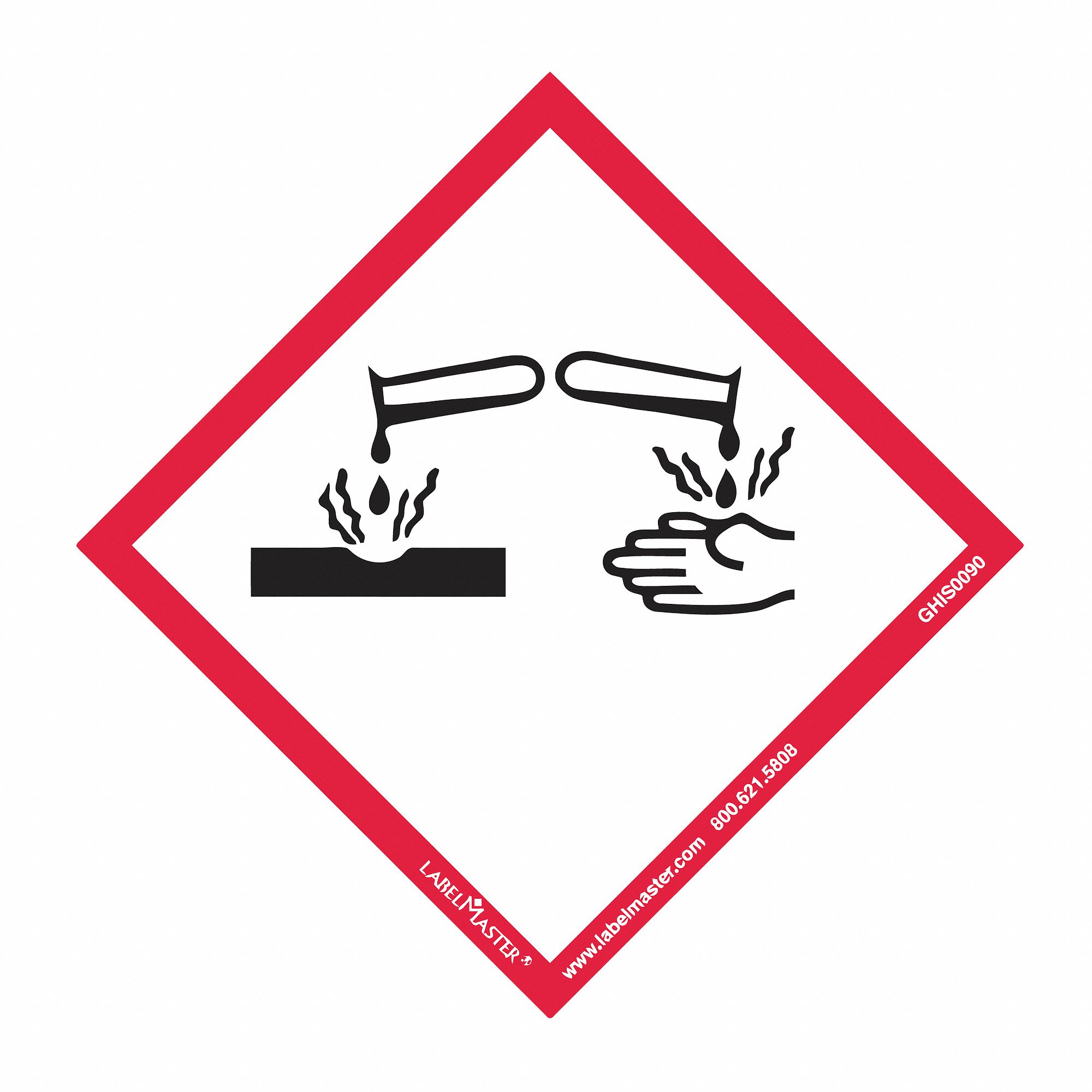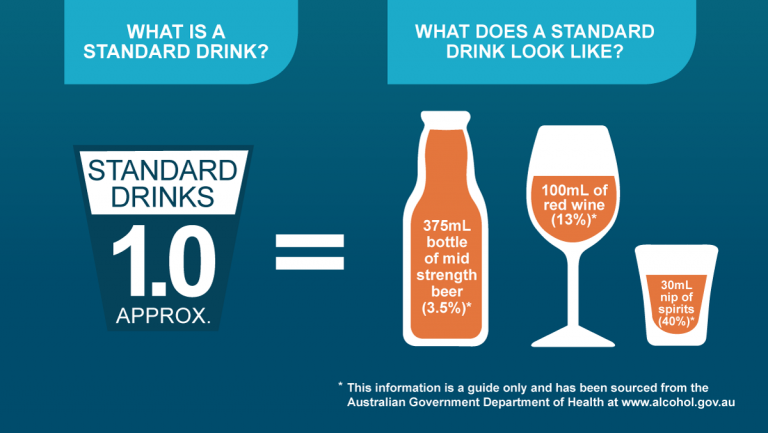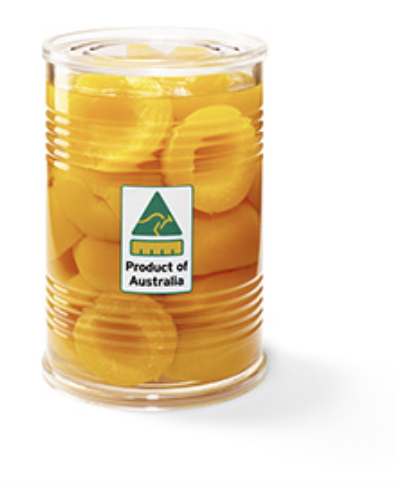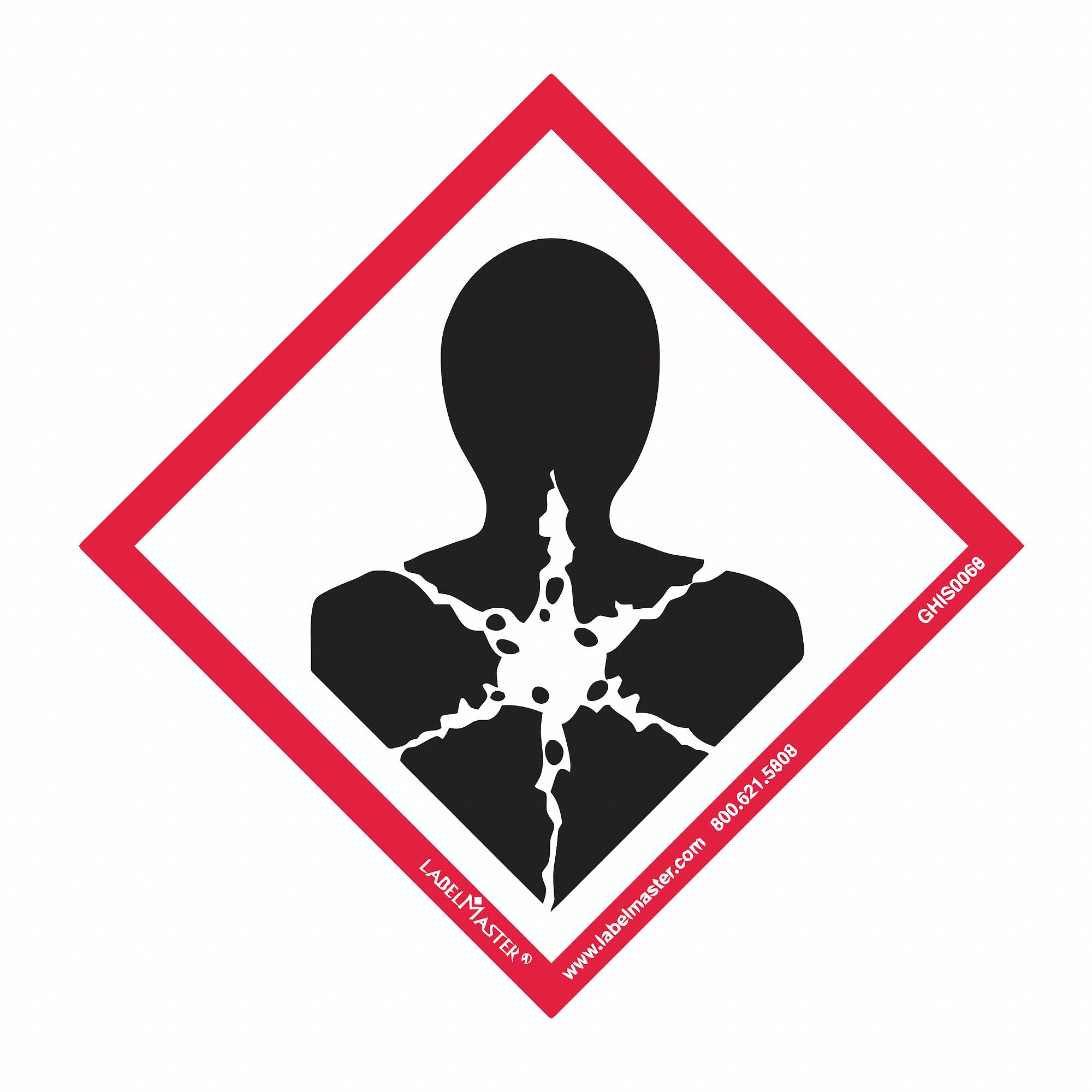39 food labels country of origin
Country of origin on food labels - Canadian Food Inspection Agency All prepackaged food products sold in Canada are required to be labelled with the name and principal place of business of the company responsible for the product, such as the importer or manufacturer. When a food product is wholly manufactured outside of Canada, the label must show that the product is imported. USDA announces it will revisit country of origin labeling In the letters, Rachel Edelstein, a policy administrator in USDA's food safety division, ... Cattle prices had risen since 2010, after country of origin labeling became mandatory, the petition reads. But by the end of 2015, the year the law was repealed, beef imports had skyrocketed by 33 percent, compared to the year prior. ...
CPG Sec 560.200 Country of Origin Labeling | FDA CPG Sec 560.200 Country of Origin Labeling November 2005 Download the Final Compliance Policy Guide (CPG) Final Issued by: Center for Veterinary Medicine Office of Regulatory Affairs Food labeling...
Food labels country of origin
Country of origin food labels | Department of Industry, Science and ... Country of origin labelling requirements for food are in the Country of Origin Food Labelling Information Standard 2016. You can design and apply your own labels as long as they meet the standard. On the business.gov.au website we provide the following resources: an online decision tool that helps you to choose the right label to download Country of origin food labelling | ACCC the minimum proportion, by ingoing weight, of Australian ingredients, shown in a shaded bar chart. a text statement with an origin claim for the food and identifying the percentage of Australian ingredients in the food. Country of origin statement - a text-only label which is used for non-priority food items. Country of origin | ACCC You will find country of origin labelling on most food you buy at the supermarket, local stores, markets, online or from a vending machine. Food bought from restaurants, cafes, take-away shops, schools and caterers does not have to be labelled. Food that was packaged and labelled on or before 30 June 2018 can still be sold without the new labels.
Food labels country of origin. How to Read Labels on Food Packages: Facts, Photos, History, and More! 3. Serving Size. This is usually the first item on the food label. It contains information about one serving size or its equivalent. For example, if you open a jar of ice cream, and it says two servings per container, and you consume the whole jar, you have consumed double the amount of items listed on the label. 4. Country of origin labelling - Food Standards The Australian Government introduced a country of origin food labelling system under Australian Consumer Law on 1 July 2016. Country of origin labelling requirements for food is in the Country of Origin Food Labelling Information Standard 2016, under the Competition and Consumer Act 2010. These requirements became mandatory on 1 July 2018. Origin labelling - Food Safety In accordance with Regulation (EU) No 1169/2011, the general rule is that the indication of the country of origin or place of provenance shall be mandatory where failure to indicate this might mislead the consumer as to the true country of origin or place of provenance of the food, in particular if the information accompanying the food or the label as a whole would otherwise imply that the ... Country of Origin Labeling of Agricultural Products Country of Origin Labeling for Meat Products Meat from animals imported for immediate slaughter in the United States must be designated as "Product of Country X and the United States." Imported muscle cuts of meat for which no production steps occur in the United States retain the origin as declared to U.S. Customs and Border Protection.
Origin labelling | The Food & Drink Federation The current legislative framework in place regarding origin labelling ensures that misleading origin statements are not made and that consumers are accurately informed. Origin labelling is mandatory for several foods (e.g. honey, fish and meat), and for all other categories, when the absence of such information may mislead the consumer. Marking of Country of Origin on U.S. Imports Marking of Country of Origin on U.S. Imports Printer-friendly version Acceptable Terminology and Methods for Marking Every article of foreign origin entering the United States must be legibly marked with the English name of the country of origin unless an exception from marking is provided for in the law. Country of origin food labelling | business.gov.au Country of origin labelling is not required on the following food products: foods not for human consumption (for example, pet food) foods sold in restaurants, cafes, take-away shops or schools foods sold at fundraisers foods sold from the same premises in which they have been made and packed. Country of origin | NSW Food Authority Some unpackaged food, including fresh and processed fish, pork, beef, sheep and chicken mince, fruit and vegetables, must also display a country of origin label. These labels can only be used if the key ingredients in the food originated in Australia and the food is manufactured in Australia: Product of Australia Produced in Australia
Country of Origin Labeling (COOL) | Agricultural Marketing Service Country of Origin Labeling (COOL) is a labeling law that requires retailers, such as full-line grocery stores, supermarkets and club warehouse stores, to notify their customers with information regarding the source of certain foods. Did the U.S. Remove 'Country of Origin' Labeling from Meat? Both these memes pertained to Country of Origin Labeling (COOL), effective in the United States following the Farm Security and Rural Investment Act of 2002, and contained a mixture of true, false ... Country-of-Origin Labeling for Foods would expand food country-of-origin labeling (COOL) requirements throughout the European Union (EU). Mandatory COOL is already required for beef, honey, olive oil, and fresh fruits and vegetables. The rules now would also apply to all meat, poultry, dairy products, and other single- ingredient foods. All About Labels - Country of Origin Food Labeling A Country of Origin Statement Label These labels are used to state the origin in which the products were made when you do not need or cannot use the standard mark label outlined above. These labels are known as Country of Origin (COO) labels and are available in three sizes 36mm x 20mm, 42mm x 27mm or 65mm x 30mm.
CPG Sec. 560.200 Country of Origin Labeling CPG Sec. 560.200 Country of Origin Labeling BACKGROUND: A statement of the country of origin on the labeling of imported foods is not required by the Federal Food, Drug, & Cosmetic Act. This is a...
Food labelling: country of origin - GOV.UK If poultry, sheep, goat or swine meat is taken from animals born, reared and slaughtered in the same country, you can label it as 'Origin: [name of the country]'. Where reference is made to the...
Country of origin labelling online tool | business.gov.au When you're ready to create your country of origin label, make sure you know: if your product contains Australian ingredients the percentage (or average percentage) of Australian ingredients in your product the name of the country where your product was made ('last substantially transformed ') or virtually all of its processing was undertaken

Government's proposed country-of-origin labels leave you to guess where your food comes from
Must processed food products have a country of origin label? Jul 17, 2019. Knowledge Article. Retail items that meet the definition of a processed food item do not require labeling under the COOL final rule. For more information, visit Common Questions & Answers on Country of Origin Labeling. Live chat:
Country of Origin Labeling (COOL) Frequently Asked Questions The abbreviations "P.R. China" and "China" are acceptable for country of origin marking purposes for products originating from the People's Republic of China. Either "Netherlands" or "Holland" is an acceptable abbreviation for The Netherlands.
Mandatory country-of-origin labeling (US) - Wikipedia The US said the panel affirmed the right of the United States to require country of origin labeling for meat products. Canada and Mexico asked the WTO for another review and permission to impose more than $2 billion a year in retaliatory tariffs, and the ruling was made public in summer 2014.
Country of Origin Labels | Supermarket Labels | 1-800-882-5104 Country of Origin labeling is a consumer labeling law that requires the country of origin be listed on specific food product labels. Call 1-800-882-5104 for a quote. As the list grows, order your country of origin labels.
Country of Origin Food Labeling | Jenn David Design The Country of Origin Labeling requirement states that "Food labeling statements regarding geographical origin must not be false or misleading in any particular." So it would be incorrect to state that the cocoa is a product of both Mexico and Chile on the label. You would need two labels in this case—one for each respective country of origin.
Which foods are covered in the country of origin labeling law? Knowledge Article. Foods that must be labeled with their country of origin are: 1. Muscle cuts of beef (including veal), lamb, pork, goat, and chicken; 2. Ground beef, ground lamb, ground pork, ground goat, and ground chicken; 3. Wild and farm-raised fish and shellfish; 4.

LABELMASTER GHS Corrosion Label, Polypropylene, 4 in Height, 4 in Width, Write on Surface No, PK ...
Country of origin | ACCC You will find country of origin labelling on most food you buy at the supermarket, local stores, markets, online or from a vending machine. Food bought from restaurants, cafes, take-away shops, schools and caterers does not have to be labelled. Food that was packaged and labelled on or before 30 June 2018 can still be sold without the new labels.
Country of origin food labelling | ACCC the minimum proportion, by ingoing weight, of Australian ingredients, shown in a shaded bar chart. a text statement with an origin claim for the food and identifying the percentage of Australian ingredients in the food. Country of origin statement - a text-only label which is used for non-priority food items.
Country of origin food labels | Department of Industry, Science and ... Country of origin labelling requirements for food are in the Country of Origin Food Labelling Information Standard 2016. You can design and apply your own labels as long as they meet the standard. On the business.gov.au website we provide the following resources: an online decision tool that helps you to choose the right label to download








Post a Comment for "39 food labels country of origin"